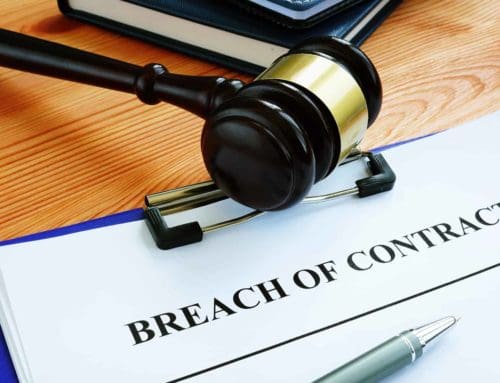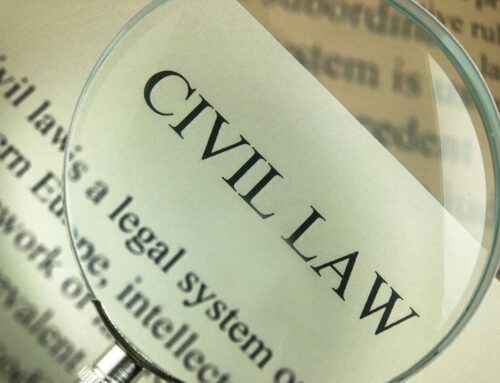The complexity of civil litigation cases can be overwhelming for those not familiar with our legal system, but all civil cases do follow a similar outline and overall process. Familiarizing yourself with this process can help you understand and become more comfortable with the case as it unfolds. Bear in mind that many civil cases may settle out of court prior to going all the way to trial; settlement can be reached during any stage prior to trial.
Pleadings
The first step of a civil litigation case begins when the plaintiff files a complaint with the appropriate court. The complaint discusses the reason or reasons behind why the plaintiff feels the defendant is legally responsible for something that has occurred. Included in the complaint should be the caption, jurisdictional allegations, general allegations, prayer for relief, signature, and demand for a jury trial. After the defendant is formally delivered a copy, a specific amount of time is allotted to review the complaint. They must file an answer; this answer must respond to all allegations made against them. If the defendant fails to respond in time, a default judgment against them may be entered by the court.
Pretrial Motions
Either party may choose to file a motion for judgment at this time. A motion for judgment on the pleadings means that there are no facts in dispute, and the only question that remains is how to apply the law to them. A motion for summary judgment asks the court to skip the trial and immediately grant a judgment in the filer’s favor.
Discovery
Discovery refers to the accumulation of information about the facts and issues of the case. Both the plaintiff and defendant’s legal teams can achieve this by requesting documents, requesting items for physical examination, conducting depositions, using expert witnesses. Depending on the details of the case, some or all of these processes may be utilized.
Trial
Both plaintiff and defendant get the chance to argue their respective cases during the civil litigation trial. Before the trial begins, a brief will be presented to the judge that outlines all of the evidence and arguments that will be used. Each party will then start presenting their evidence, which can include exhibits, documents, or testimony by witnesses or experts. All witnesses can be cross-examined by the other party. Once both sides are finished, they will each give a closing argument. In the case of jury trials, the jury will then be instructed on how to apply the law to the case. The jury will then deliberate, and come back once they have reached a verdict.
Appeal
Whoever loses the civil litigation case can appeal. Often, the appeal will request a higher court to review the details of the case. If that court feels they have found an error, they may reverse the original verdict. If no such error is found, they will affirm the original verdict.
The Law Offices of Brent D. George works to alleviate the frustration brought on by this process while gaining an understanding of their client’s goals. Schedule a Free Initial Consultation today to see how Brent George can help you.




